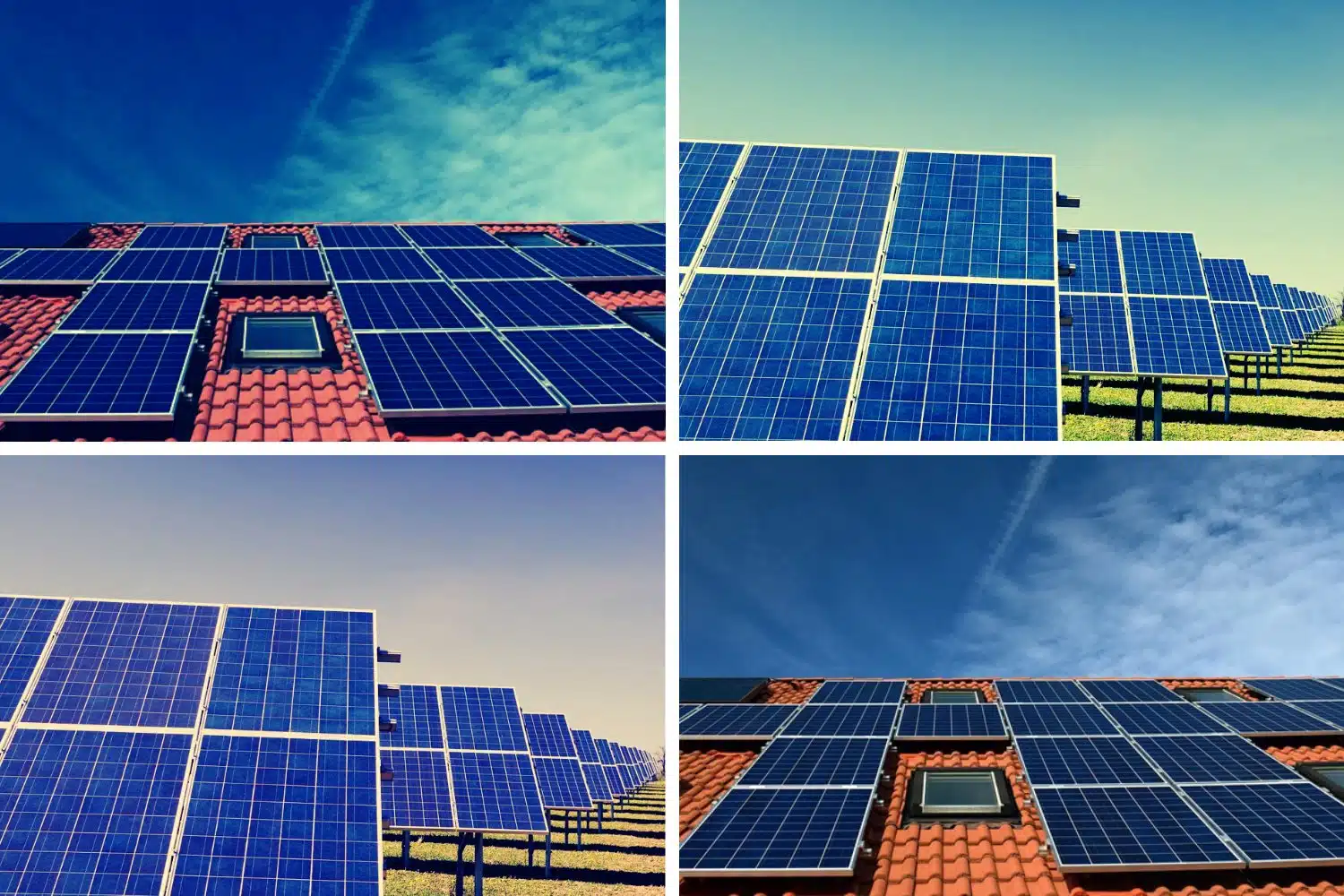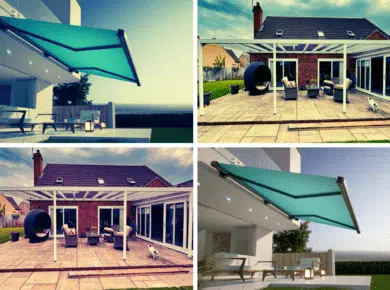One of the most important and resourceful modern inventions for home improvement is a solar panel. Renewable energy sources are increasingly becoming popular due to growing environmental concerns, and many homeowners are now turning to them as an efficient way to power their homes. Home improvements powered by renewable energy enable you to be in control of your own electricity, reduce emissions from fossil fuels, decrease your utility bill, and increase property value; but more importantly, they are beneficial for the environment by reducing carbon footprints. In this guide, we’ll explore the advancements being made in solar panels and discuss ways that they can benefit both yourself and the planet around you. So if you’re looking into making green improvements at home or just curious about what all these new advancements mean then read on!
What are the Benefits of Installing Solar Panels in Your Home

As we become more environmentally aware, many homeowners have turned towards a sustainable method of energy production- solar panels. Not only do they significantly reduce your carbon footprint, but installing solar panels can also result in some significant financial benefits.
- Perhaps most notably, solar panels can lead to a considerable reduction in your energy bills. You can even sell excess energy back to the grid for an additional profit.
- Moreover, the installation of solar panels increases the overall market value of your home, making it a wise investment.
- And last but not least, you can take pride in knowing that you’re contributing to a cleaner, greener planet. With all these benefits, it’s no wonder why the solar panel industry is continuing to grow.
The cost in the UK will differ from that of the US, so it’s important to do your research. It’s also important to remember that there are tax incentives and other financial benefits available depending on your location, so be sure to take those into account when making a decision.
Comparing Different Types of Solar Panels and Their Costs
As the world becomes increasingly aware of the need for renewable energy sources, solar panels have seen a boost in popularity. With advancements in technology, there are now different types of solar panels available on the market. Each type offers its own strengths and weaknesses, which can impact overall costs. For example, mono-crystalline solar panels tend to have a higher efficiency rating but are also more expensive.
On the other hand, polycrystalline panels are more affordable but are slightly less efficient. It’s important to consider all the factors before making a decision on which type of solar panel to invest in. Doing so will not only help save money but will also help reduce our carbon footprint.
Exploring the Latest Technological Advances in Solar Panel Technology
The world is constantly searching for ways to become more sustainable and eco-friendly, and solar energy is one of the most promising solutions. Over the years, the technology behind solar panels has undergone significant improvements. The latest technological advancements in solar panel technology have revolutionized the way we generate and harness solar power. Innovations like perovskite solar cells, bifacial panels, and solar skins have increased the efficiency and versatility of solar panels.
These new advancements have opened up new possibilities and opportunities for homeowners and businesses to embrace clean energy and reduce their carbon footprint. The future of solar technology looks bright, and we can’t wait to see where this journey takes us.
How to Choose the Right Solar Panel for Your Home
People are becoming increasingly conscious of the environmental impact of their daily activities. One of the best ways to reduce your carbon footprint is by switching to solar power. However, with so many options available, choosing the right solar panel for your home can be overwhelming. The good news is that the process doesn’t have to be complicated. By considering your energy needs, budget, and aesthetic preferences, you can find a solar panel that is both practical and visually appealing. With the right panel, you can enjoy the perks of solar power and do your part in protecting the environment.
Best Practices for Installing Solar Panels in Your Home

As more homeowners look to embrace renewable energy, installing solar panels has become an increasingly popular option. While it’s a great step towards a sustainable future, it’s important to ensure that the installation process is carried out correctly. By following the best practices for installing solar panels in your home, you’ll be able to maximize the benefits of having solar power while minimizing any potential drawbacks. From selecting the right location and orientation to choosing the appropriate panels and inverters, there are various considerations to keep in mind. By doing your homework and working with experienced professionals, you can make sure the installation process runs smoothly and your home is powered by clean, sustainable energy.
Solar panels are an increasingly beneficial investment no matter what environmental impact you are looking to make. Not only will they save you money in the long run, but they will also reduce your home’s carbon footprint significantly. With all the different types and options available, be sure to research the right choice for your household. From understanding what type of panel you should purchase, learning about emerging solar technology, or taking advantage of tax credits and rebates, there are many benefits to having your own system.
Installing solar panels is a smart financial choice and an even smarter environmental one – it really is a win-win situation! With newfound knowledge about solar power, you can make the best decisions to capture the sun’s energy and convert it into something entirely useful and sustainable for your family and budget.






